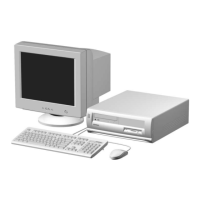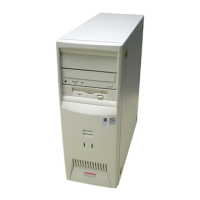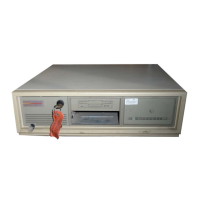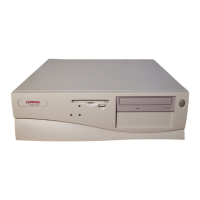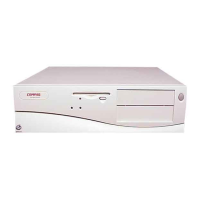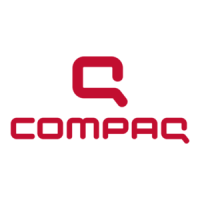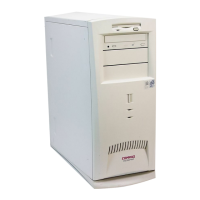F-8 Troubleshooting Without Diagnostics
CD-ROM Drive Problems
This section identifies some quick checks for CD-ROM drive-related problems.
Table F-7
CD-ROM Drive Problems
Problem Possible Solution
Cannot read compact disc. 1. CD is not properly seated in the drive. Eject the CD, correctly seat
it in the drive, then reload.
2. CD has been loaded upside down. Eject the CD, turn it over, then
reload.
System will not boot from CD-
ROM
drive.
1. The CD-ROM boot is not enabled through the Computer Setup
utility. Run the Computer Setup utility and set the drive priorities.
2. Ensure that drive cabling and jumpers are set correctly. To boot a
SCSI drive, the drive ID number must be set to 0.
Cannot eject compact disc (tray-
load unit).
CD is not properly seated in the drive. Turn off the computer and
insert a thin metal rod into the emergency eject hole and push firmly
(a straightened paper clip can be used). Slowly pull the tray out from
the drive until the tray is fully extended, then remove the CD.
Cannot eject compact disc (slot-
load unit).
1. Remove the drive from the chassis.
2. Remove the front bezel from the drive.
3. Remove the top and bottom drive covers.
4. Release the clamping mechanism to retrieve the CD.
CD-ROM device is not detected;
driver is not loaded.
CD-ROM drive is not connected properly or not properly terminated.
Open the computer and check the drive cable.
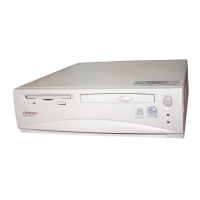
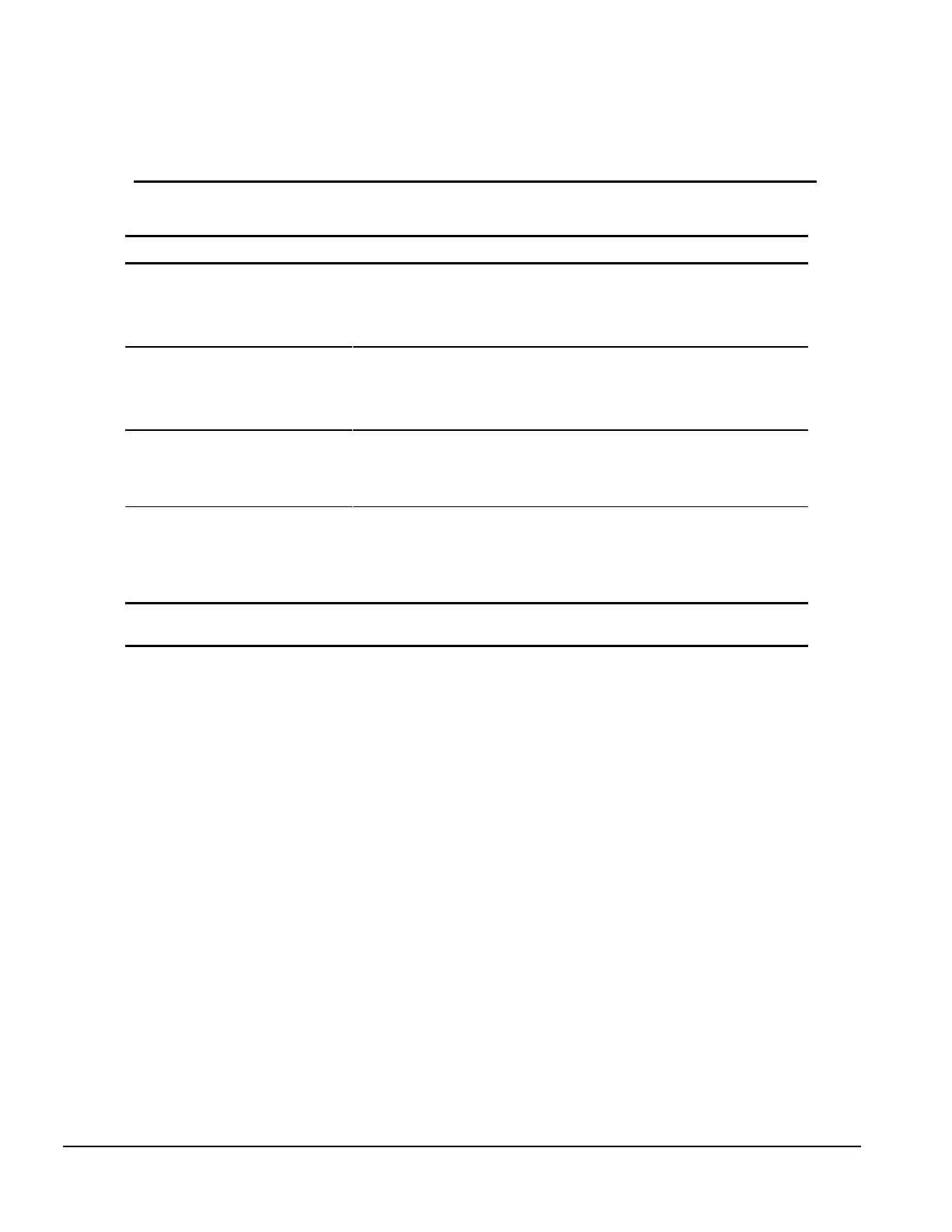